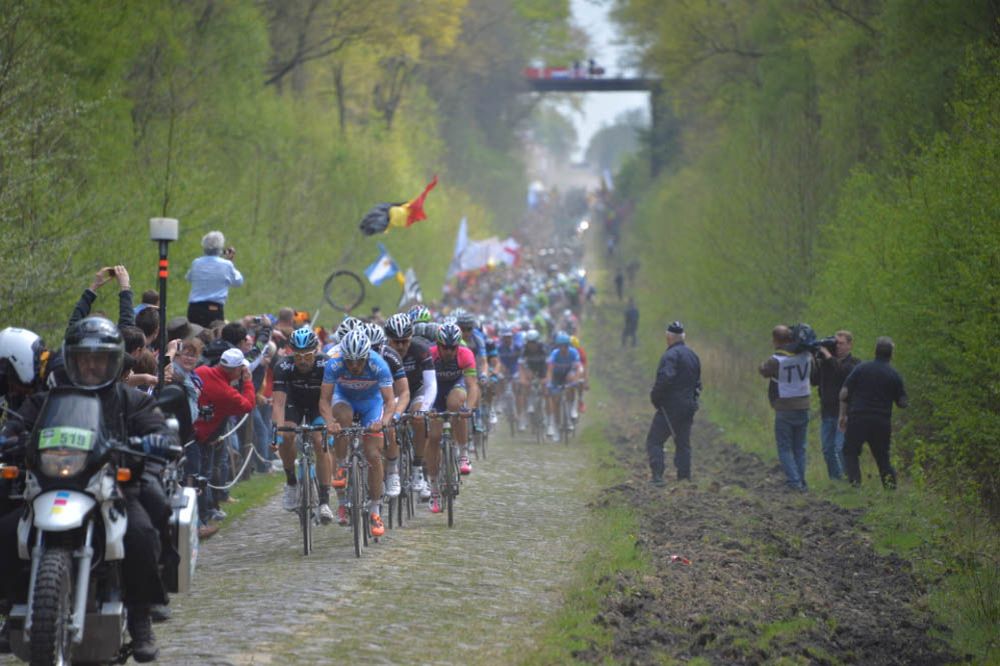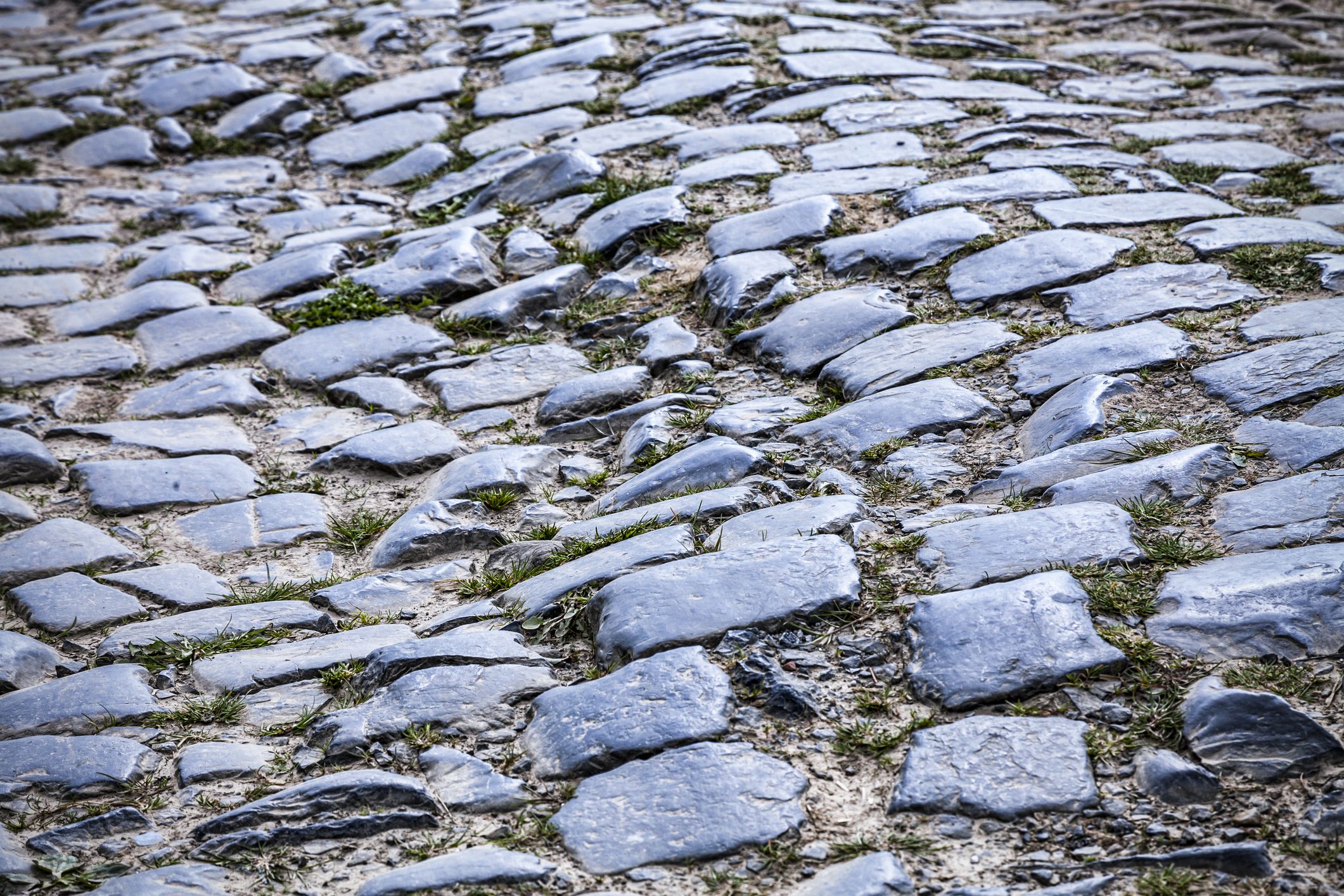Arenberg “the most dangerous section we race” says Mathieu van der Poel
"I don’t think those cobblestones are intended for riding on a racing bike"
 Photo by:
Paris-Roubaix Site Presse Sports/B.Papon
Photo by:
Paris-Roubaix Site Presse Sports/B.Papon
As a divided peloton rolls into tomorrows Paris-Roubaix, safety and speed are being as hotly debated as the race itself. Mathieu van der Poel, defending champion and pre-race favourite, is at the centre of the conversation.
After Tweeting a curt but cutting response to a proposed last-minute course change leading into the notorious Arenberg Forest, the usually quiet Dutch star hasn’t been able to avoid questions about the chicane. In a late pre-race interview with Wielerflits, van der Poel again weighed in on the issue.
“The most dangerous passage we race”
“First of all, I think it’s good that they are trying something different. I’m a big believer in them wanting to make a change,” the Alpecin-Deceuninck rider started. He quickly added his dissatisfaction. “But, in my opinion, the chicane is not the right way. Deciding the week before may not be the best option.”
A tale of two Matts: VdP hates the chicanes/U-turn, Jorgenson loves them
Van der Poel went on say that the Arenberg Forest is “one of the most dangerous sections we race.” He added that Visma Lease-a-Bike’s 2023 strategy of stringing out the field leading into the section was, in retrospect, the safest way to approach the cobbled sector, it won’t happen again this year. “The problem now is that everyone nows that, so it’s actually worthless. ”
“I don’t think those cobblestones are intended for riding on a racing bike”
The speed at which the peloton approaches the narrow section of cobbles is one factor in the Arenberg’s danger (and its infamy), but van der Poel says the cobbles themselves play a factor.
“To be honest, I don’t thin those cobblestones are intended for riding on a racing bike,” van der Poel admitted in the interview. “The other strips are sometimes also in poor condition, but are doable. Riding up Arenberg at 65 km/h has nothing to do with skill. That’s just hoping your big holds up.”
“Even someone who can handle a bit very well can still get a flat tire,” added Alpecin teammate Jasper Philipsen, another pre-race favourite also in the interview. “It’s just very difficult to stay upright there.”
So, while van der Poel might have stated his objection to the way this week’s change unfolded, he does agree a change would help.
“I never feel comfortable there in the peloton,” van der Poel added. “So it’s good that [the organizers, ed.] thin about it, but just changing something for the sake of changing something is not the right way either.”
“The first riders will get through well, but if you are not among the first 20, you may lose half a minute. So for me it is not the right solution,” van der Poel added, when asked to elaborate. “But if the majority of riders think this is better, I agree.”
“The most dangerous thing about our sport are the riders themselves.”
While on the topic of safety, van der Poel and Philipsen were asked about the recent frightening crash at Itzulia Basque Country.
“I was on my way to the airport to come back to Belgium. I would like to say that I think the most dangerous thing about our sport are the riders themselves. We take the risks. That’s the biggest problem. It’s just that everyone wants to be in the front at the same time and that’s just not possible.”
That, the Dutch star says, is something no rule or course change can fix.
“You can certainly make it better, but it will never be completely safe. That’s too bad.”
Hopefully this year’s Paris-Roubaix does not add to a busy week of crashes and injuries. After a thrilling women’s Paris-Roubaix, the men’s race rolls onto the cobblestones on Sunday.

